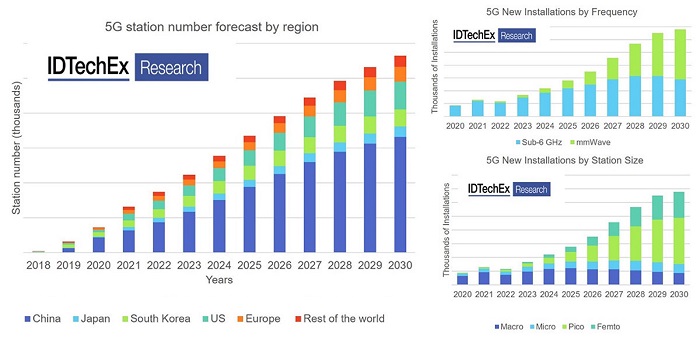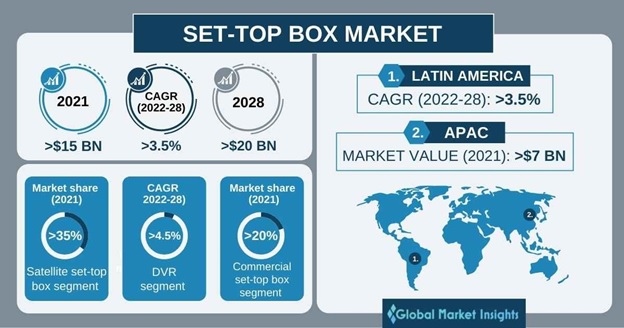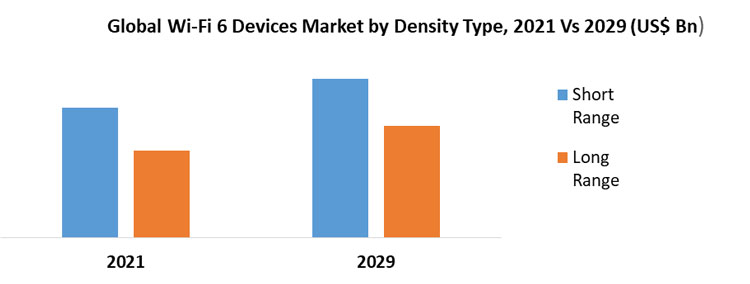China's network communication equipment market has experienced significant growth in recent years, outpacing global trends. This expansion can perhaps be attributed to the insatiable demand for switches and wireless products that continue to drive the market forward. In 2020, the scale of China's enterprise-class switch market will reach approximately US$3.15 billion, a substantial increase of 24.5% from 2016. Also notable was the market for wireless products, worth approximately $880 million, a whopping 44.3% increase from the $610 million recorded in 2016. The global network communication equipment market has also been on the rise, with switches and wireless products leading the way.
In 2020, the size of the enterprise Ethernet switch market will grow to approximately US$27.83 billion, an increase of 13.9% from 2016. Likewise, the market for wireless products grew to approximately $11.34 billion, an 18.1% increase over the value recorded in 2016. In China's domestic network communication products, the update and iteration speed has been significantly accelerated. Among them, the demand for small magnetic rings in key application areas such as 5G base stations, WIFI6 routers, set-top boxes, and data centers (including switches and servers) continues to rise. Therefore, we look forward to seeing more innovative solutions that provide fast and reliable Internet connectivity to meet the ever-changing demands of today's fast-paced world.

More than 1.25 million new 5G base stations were added last year
The development of technology is a never-ending process. As the world strives to get better and faster, communication networks are no exception. With the advancement of technology from 4G to 5G, the transmission speed of communication networks has increased significantly. The electromagnetic wave frequency band also increases accordingly. Compared with the main frequency bands used by 4G are 1.8-1.9GHz and 2.3-2.6GHz, the base station coverage radius is 1-3 kilometers, and the frequency bands used by 5G include 2.6GHz, 3.5GHz, 4.9GHz, and high-frequency bands above 6GHz. These frequency bands are approximately 2 to 3 times higher than existing 4G signal frequencies. However, as 5G uses a higher frequency band, the signal transmission distance and penetration effect are relatively weakened, resulting in a decrease in the coverage radius of the corresponding base station. Therefore, the construction of 5G base stations needs to be denser, and the deployment density needs to be greatly increased. The radio frequency system of the base station has the characteristics of miniaturization, light weight, and integration, and has created a new technology era in the field of communication. According to data from the Ministry of Industry and Information Technology, by the end of 2019, the number of 4G base stations in my country had reached 5.44 million, accounting for more than half of the total number of 4G base stations in the world. A total of more than 130,000 5G base stations have been built nationwide. As of September 2020, the number of 5G base stations in my country has reached 690,000. The Ministry of Industry and Information Technology predicts that the number of new 5G base stations in my country will increase rapidly in 2021 and 2022, with a peak of more than 1.25 million. This underscores the need for continued innovation in the communications industry to provide faster, more reliable, and stronger Internet connections around the world.
Wi-Fi6 maintains a compound growth rate of 114%
Wi-Fi6 is the sixth generation of wireless access technology, which is suitable for personal indoor wireless terminals to access the Internet. It has the advantages of high transmission rate, simple system, and low cost. The core component of the router to realize the network signal transmission function is the network transformer. Therefore, in the iterative replacement process of the router market, the demand for network transformers will increase significantly.
Compared with the current general-purpose Wi-Fi5, Wi-Fi6 is faster and can reach 2.7 times that of Wi-Fi5; more power-saving, based on TWT energy-saving technology, can save 7 times power consumption; the average speed of users in crowded areas is increased At least 4 times.
Based on the above advantages, Wi-Fi6 has a wide range of future applications, such as cloud VR video/live broadcast, allowing users to experience immersive; distance learning, supporting virtual online classroom learning; smart home, Internet of Things automation services; real-time games, etc.
According to IDC data, Wi-Fi6 began to appear in succession from some mainstream manufacturers in the third quarter of 2019, and it is expected to occupy 90% of the wireless network market in 2023. It is estimated that 90% of enterprises will deploy Wi-Fi6 and Wi-Fi6 routers. The output value is expected to maintain a compound growth rate of 114% and reach US$5.22 billion in 2023.

Global set-top box shipments will reach 337 million units
Set-top boxes have revolutionized the way home users access digital media content and entertainment services. The technology utilizes telecom broadband network infrastructure and TVs as display terminals to provide an immersive interactive experience. With an intelligent operating system and rich application expansion capabilities, the set-top box has various functions and can be customized according to user preferences and requirements. One of the main advantages of a set-top box is the large number of interactive multimedia services it provides.
From live TV, recording, video-on-demand, web browsing and online education to online music, shopping and gaming, users have no shortage of options. With the increasing popularity of smart TVs and the increasing popularity of high-definition transmission channels, the demand for set-top boxes continues to soar, reaching unprecedented levels. According to statistics released by Grand View Research, global set-top box shipments have maintained steady growth over the years.
In 2017, global set-top box shipments were 315 million units, which will increase to 331 million units in 2020. Following the upward trend, new shipments of set-top boxes are expected to reach 337 units and reach 1 million units by 2022, illustrating the insatiable demand for this technology. As technology continues to evolve, set-top boxes are expected to become more advanced, providing users with better services and experiences. The future of set-top boxes is undoubtedly bright, and with the growing demand for digital multimedia content and entertainment services, this technology is expected to play a major role in shaping the way we access and consume digital media content.
The global data center is undergoing a new round of transformation
With the advent of the 5G era, the data transmission rate and transmission quality have been greatly improved, and the data transmission and storage capacity in fields such as high-definition video/live broadcast, VR/AR, smart home, smart education, smart medical care, and smart transportation have exploded. The scale of data has further increased, and a new round of transformation in data centers is accelerating in an all-round way.
According to the "Data Center White Paper (2020)" released by the China Academy of Information and Communications Technology, as of the end of 2019, the total number of data center racks in use in China reached 3.15 million, with an average annual growth rate of more than 30% in the past five years. Growth is rapid, the number exceeds 250, and the rack size reaches 2.37 million, accounting for more than 70%; there are more than 180 large-scale and above data centers under construction, an
In 2019, China's IDC (Internet Digital Center) industry market revenue reached about 87.8 billion yuan, with a compound growth rate of about 26% in the past three years, and it is expected to maintain a rapid growth momentum in the future.
According to the structure of the data center, the switch plays an important role in the system, and the network transformer assumes the functions of the switch data transmission interface and noise suppression processing. Driven by communication network construction and traffic growth, global switch shipments and market size have maintained rapid growth.
According to the "Global Ethernet Switch Router Market Report" released by IDC, in 2019, the total revenue of the global Ethernet switch market was US$28.8 billion, a year-on-year increase of 2.3%. In the future, the scale of the global network equipment market will generally increase, and switches and wireless products will become the main drivers of market growth.
According to the architecture, data center servers can be divided into X86 servers and non-X86 servers, among which X86 is mainly used in small and medium-sized enterprises and non-critical businesses.
According to data released by IDC, China's X86 server shipments in 2019 were approximately 3.1775 million units. IDC predicts that China's X86 server shipments will reach 4.6365 million units in 2024, and the compound annual growth rate between 2021 and 2024 will reach 8.93%, which is basically consistent with the growth rate of global server shipments.
According to IDC data, China's X86 server shipments in 2020 will be 3.4393 million units, which is higher than expected, and the overall growth rate is relatively high. The server has a large number of network data transmission interfaces, and each interface needs a network transformer, so the demand for network transformers increases with the increase of servers.
Post time: Mar-28-2023



